Iraqi forces have recaptured the Grand Mosque of Mosul from where ISIS leader Abu Bakr al-Baghdadi announced the caliphate three years ago.
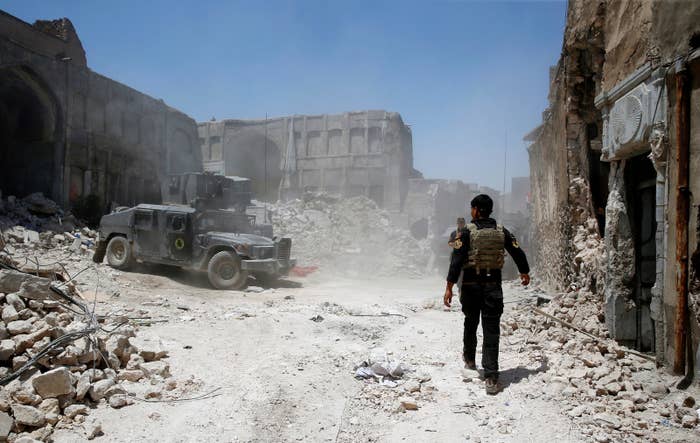
The capture of the symbolic Al-Nuri mosque comes a week after the mosque and a landmark minaret that have towered over Mosul since the 12th century were bombed by ISIS militants.
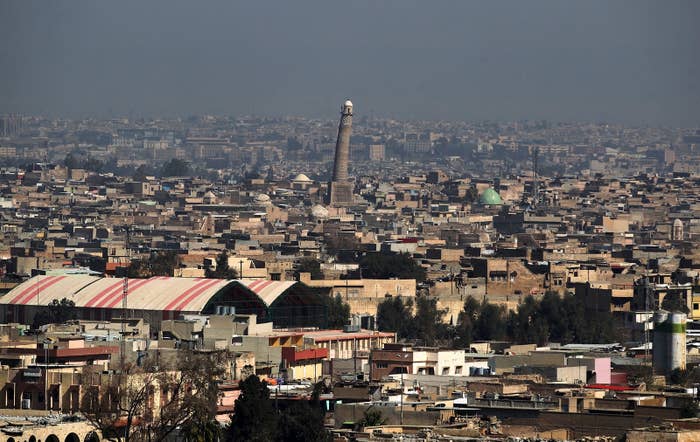
The Grand Mosque of al-Nuri and the adjacent minaret were built in 1172 by Nur al-Din Mahmoud Zangi — who at one point ruled Damascus, Mosul, and Aleppo, and was known for unifying Muslim fighters against Christian crusaders from Europe.
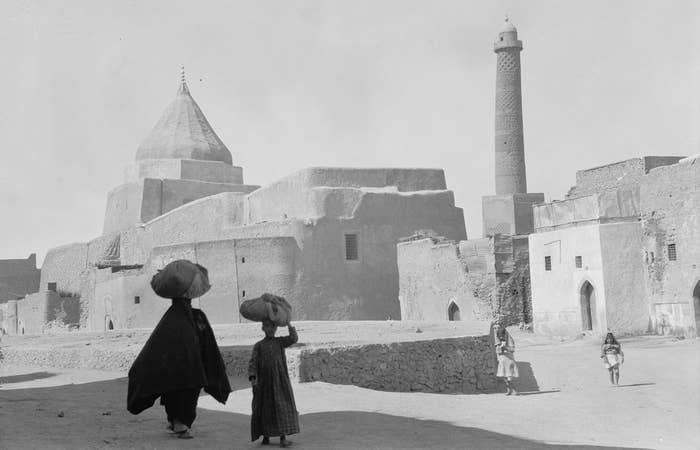
The elaborate brick minaret, which was known locally as al-Hadba — meaning the hunchback — was built in the northwestern corner of the mosque courtyard.
Locals in Mosul believe that the minaret, which leans like the Tower of Pisa, was bowing to the Prophet Muhammad. According to the Associated Press, the tilt was so alarming that the mosque's sheikh never climbed up to give the call to prayer from the top.
An Iraqi antiquities official told the AP in 1998 that the minaret may have started to lean because the bricks exposed to the sun started expanding, crunching those in the shade until the whole structure leaned south.
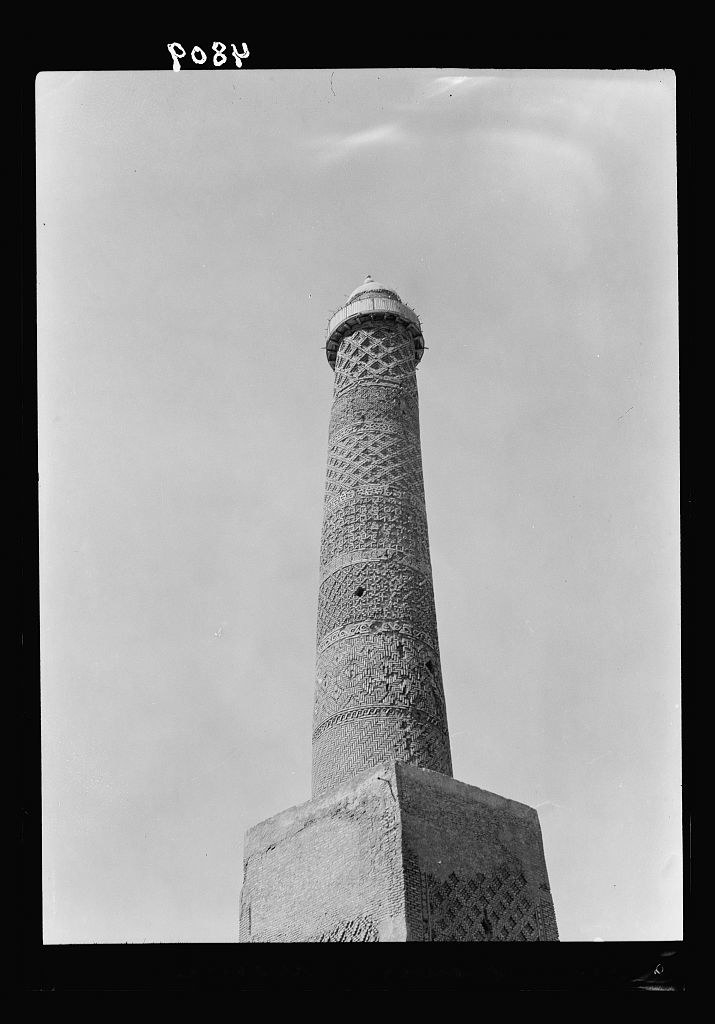
The old mosque was destroyed and renovated by the Iraqi antiquities department in 1942, but the minaret was left untouched. It remained one of the few original landmarks of the medieval religious complex to have been built by Nur al-Din.

The minaret is so iconic that it is pictured on the Iraqi 10,000-dinar bill.

After ISIS took control of Mosul in 2014, militants killed the mosque's imam for refusing to join them. ISIS leader Abu Bakr al-Baghdadi spoke from the mosque as he declared a new caliphate straddling the border between Iraq and Syria. That appearance was the last time Baghdadi was seen in public.
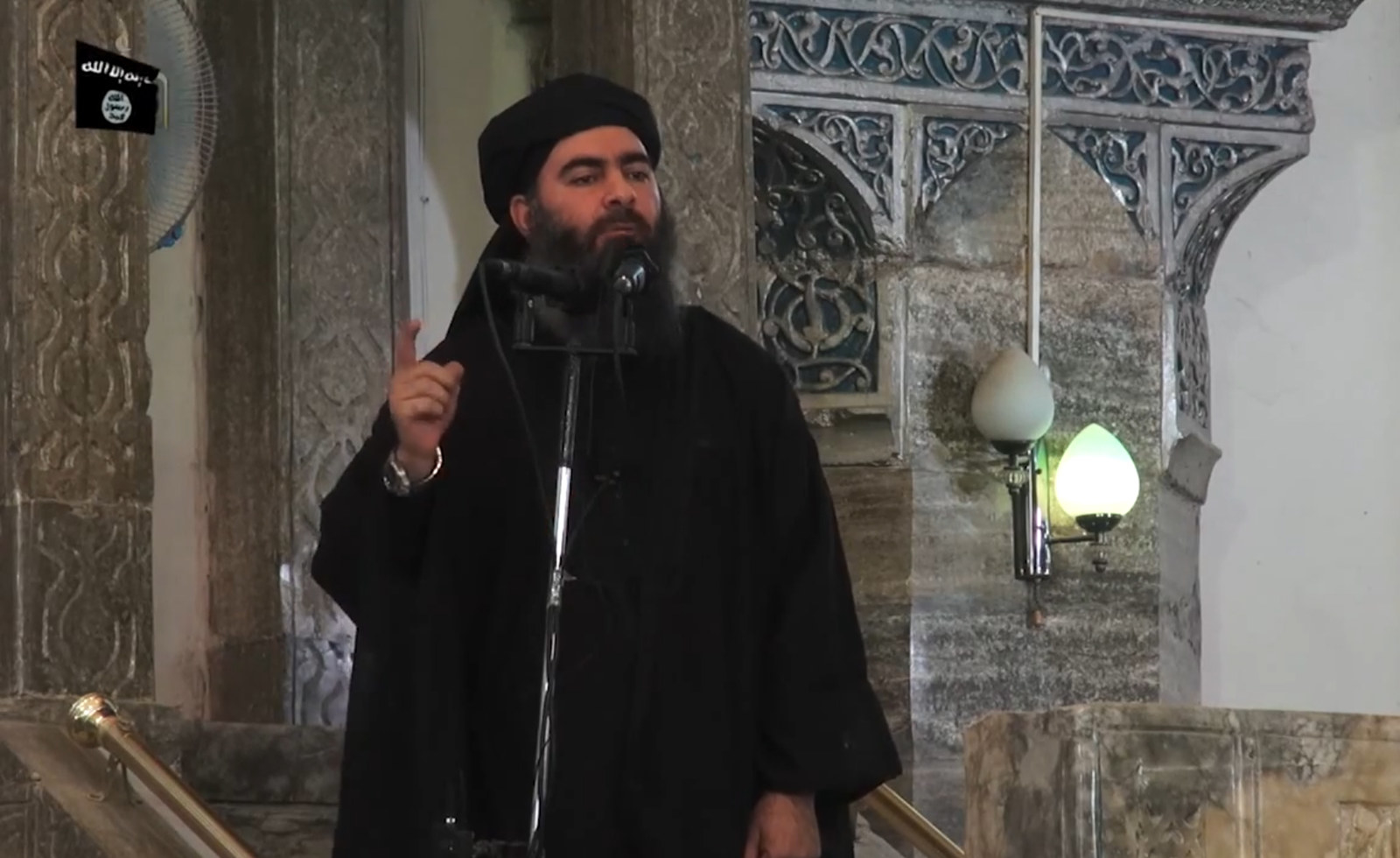
After seizing the city, ISIS militants destroyed a number of shrines in Mosul, and threatened to destroy the minaret too. In 2014, residents gathered to protest against the militants. They surrounded the structure, preventing the militants from approaching, according to the AP.
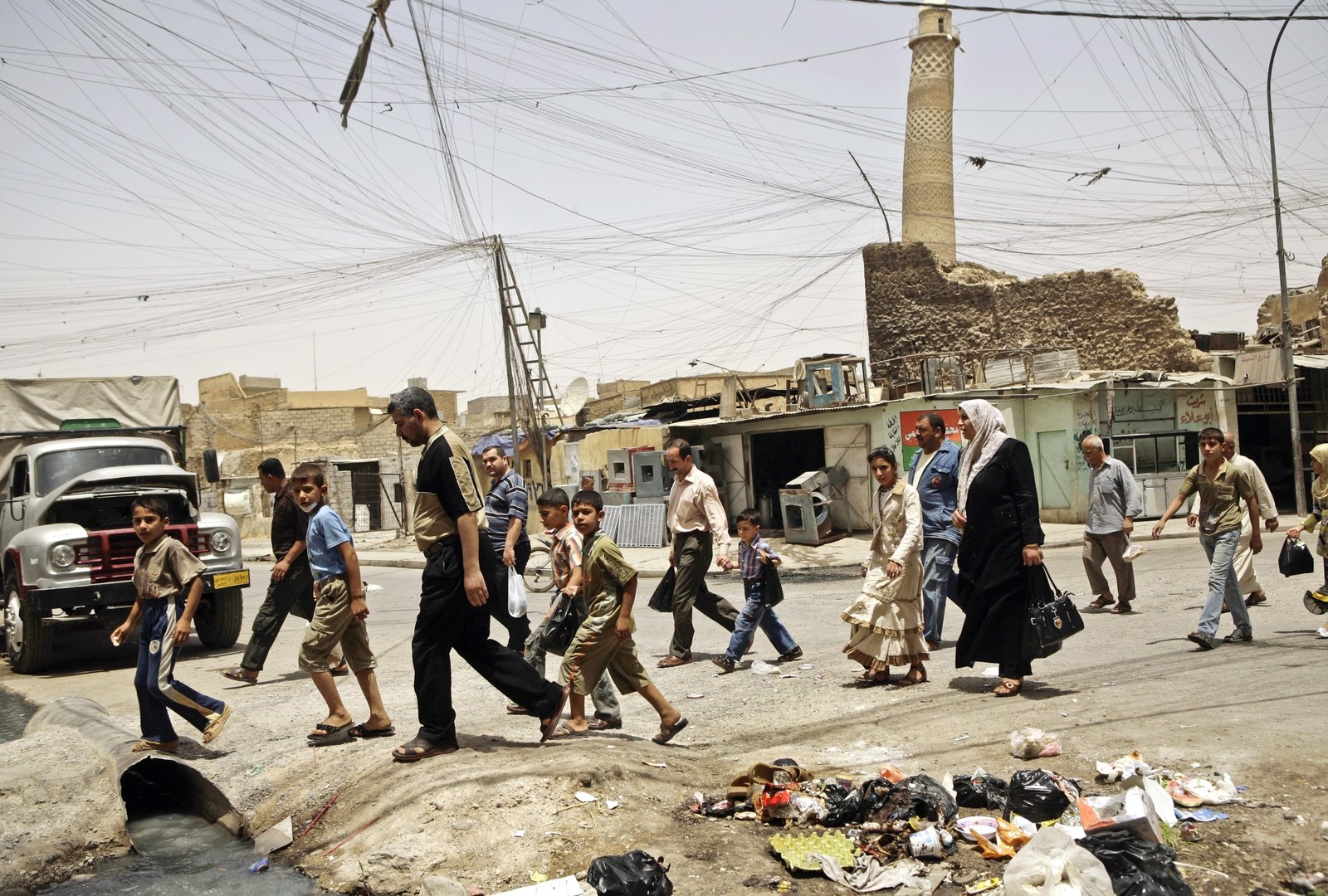
Last week, the US Department of Defense released this image, showing the mosque and the minaret in rubble after ISIS militants detonated explosives inside the structure.
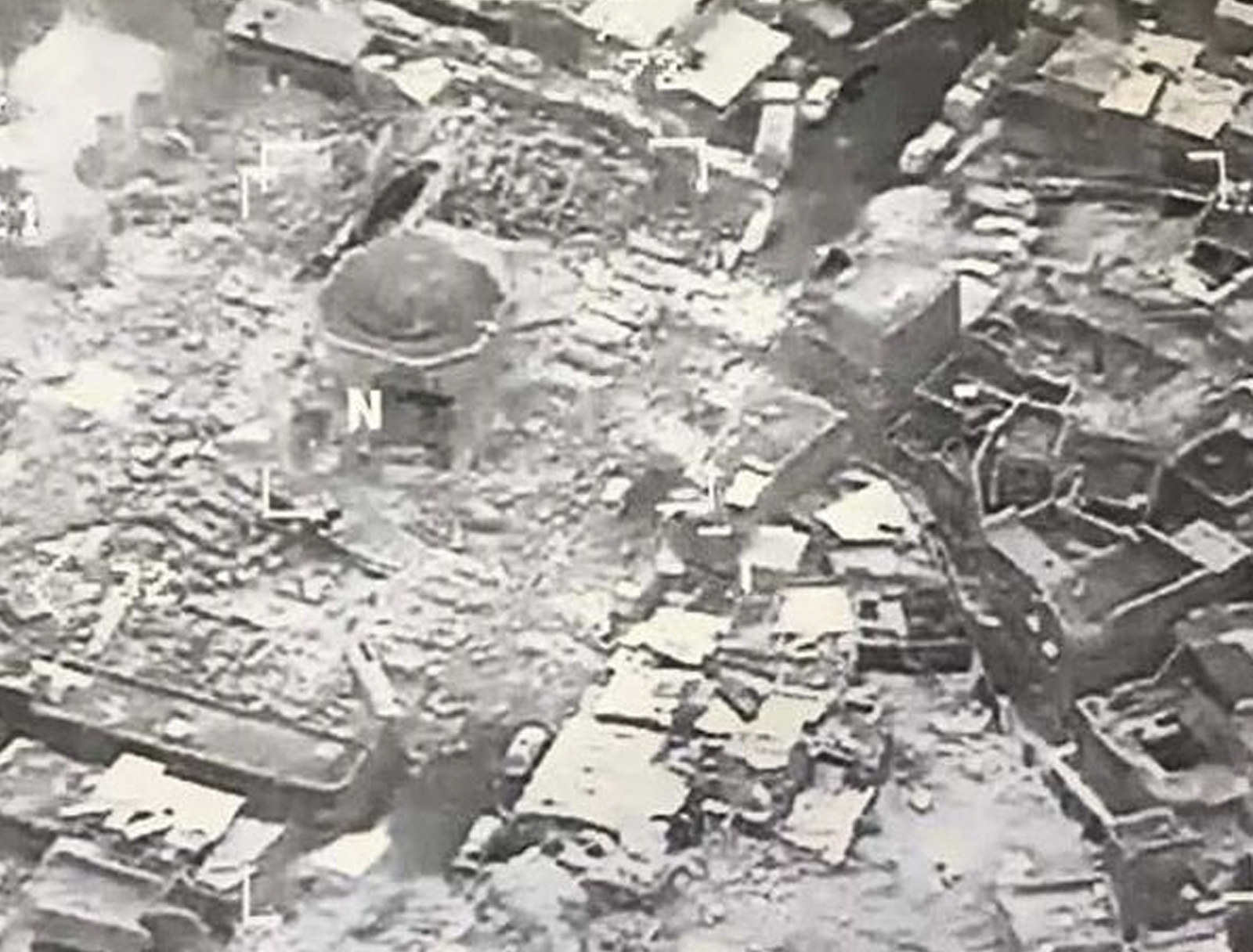
The destruction of the mosque and the minaret is the latest loss of ancient heritage in the Middle East since ISIS began capturing territories across Syria and Iraq. Two years ago, ISIS bombed a number of ancient ruins in the Syrian city of Palmyra, home to 2000-year-old temples, cemeteries, and statues.
